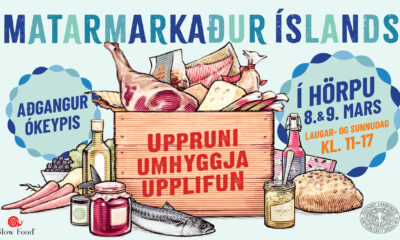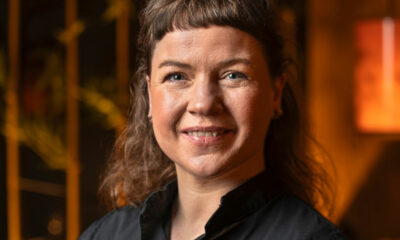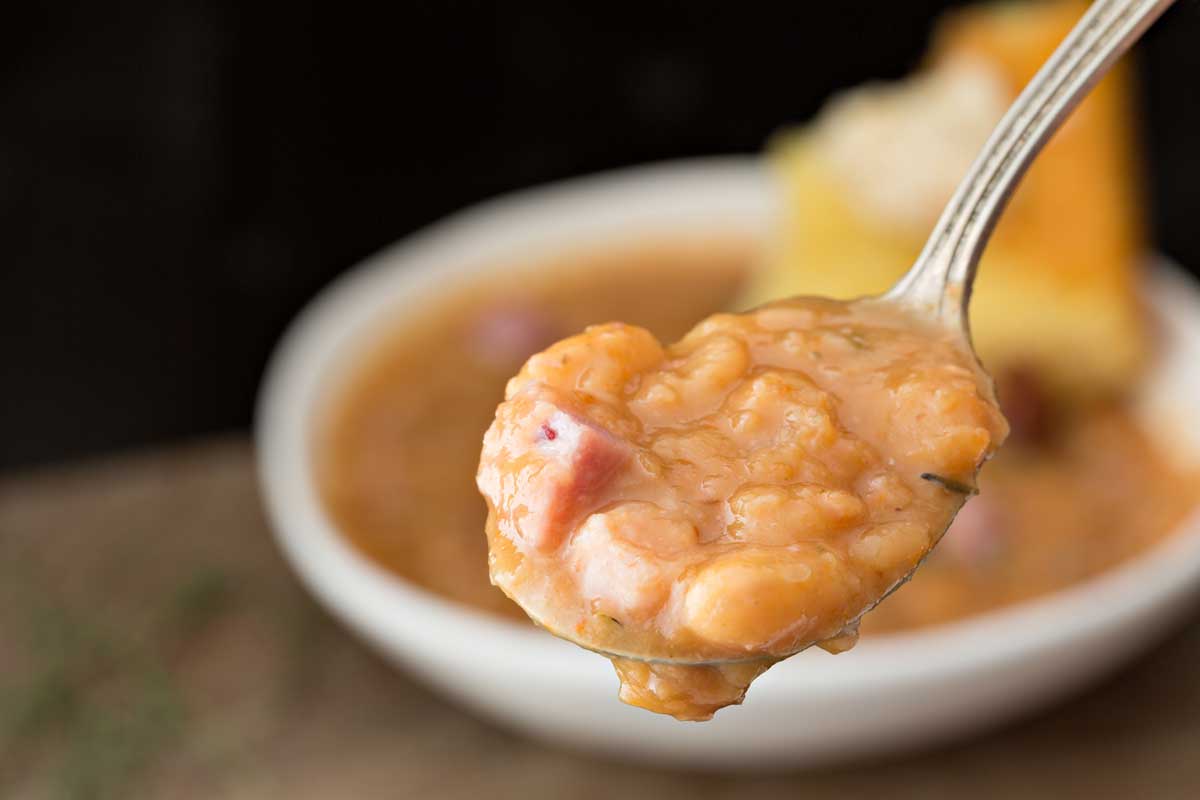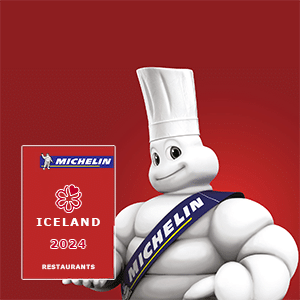Lifid
Worms studied for electronic wine nose
CANBERRA: Australian scientists have begun looking at smell sensors in worms and insects to help them build an electronic „cybernose“ they hope will one day be capable of measuring aromas and flavours in wine.
An electronic nose might also be used to check passengers for traces of explosives at the final ground check before boarding planes or trains.
Head researcher Stephen Trowell said scientists believe they will be able to artificially copy the way worms and insects process smells, allowing detailed measurements of subtle differences in wine and other food and drinks.
But Trowell said the cybernose could also one day replace the sniffer dog for airport security, and could become a quick and non-invasive first medical test for some kinds of cancers.
„At the moment, real-life wet noses are better than the instruments,“ Trowell told Reuters.
„But there’s a great need for something that you can rely on that is close to the performance of a biological nose.“
The A$4.5 million ($NZ5.4 million) cybernose project is a collaboration between the Australian government’s chief science body the CSIRO, the Australian National University and Monash University.
He said worms and insects have simple genetic and nerve structures, which made it easy for scientists to examine how they used their acute senses of smell.
„We can take worms, and using experiments, we can ask them questions about what they can smell. They move towards something they like and move away from something they don’t like. And you can measure that,“ he said.
He said once researchers understood how the worms and insects processed the smells, they could replicate the process in an electronic nose.
He said the cybernose could be used in a way similar to a police alcohol breath-testing device to help with the early detection of disease, such as tuberculosis or lung cancer.
Trowell said he hoped a product would be on the market in five to seven years. He hoped it would allow wine makers to know the best time to pick their grapes and to better tailor their wines to taste.
Australia, a major wine-producing nation, produces about 1.4 billion litres of wine and brandy a year and exports more than 730 million litres worth about A$3 billion, mainly to Britain and the United States.
But Trowell said the device would not replace traditional wine-making skills.
„It won’t change the wine. But it will make it much easier to achieve a higher quality of wine at every point.“
Source; stuff.co.nz

-

 Viðtöl, örfréttir & frumraun2 dagar síðan
Viðtöl, örfréttir & frumraun2 dagar síðanÞjálfarar finnska og íslenska kokkalandsliðsins undir sama þaki
-

 Viðtöl, örfréttir & frumraun5 dagar síðan
Viðtöl, örfréttir & frumraun5 dagar síðanSælkera upplifun í Hörpu: NOMA, grálúða og matarupplifun í hæsta gæðaflokki
-

 Nýtt bakarí, veitingahús, fisk- og kjötbúð og hótel4 dagar síðan
Nýtt bakarí, veitingahús, fisk- og kjötbúð og hótel4 dagar síðanNýr veitingastaður í Laugarási: Gísli Matthías opnar Ylju í Laugarás Lagoon
-

 Viðtöl, örfréttir & frumraun18 klukkustundir síðan
Viðtöl, örfréttir & frumraun18 klukkustundir síðanMið-Austurlenskur þemadagur hjá Sælkeramat í samstarfi við Sumac – Vídeó
-

 Viðtöl, örfréttir & frumraun2 dagar síðan
Viðtöl, örfréttir & frumraun2 dagar síðanHrefna Rósa Sætran selur hlut sinn í Grillmarkaðnum, Trattoria og Rauttvín
-

 Frétt4 dagar síðan
Frétt4 dagar síðanViðvörun til neytenda: Framleiðslugalli í baunasúpugrunni
-

 Markaðurinn2 dagar síðan
Markaðurinn2 dagar síðanNýjar vörur og tveir nýir birgjar
-

 Vín, drykkir og keppni4 dagar síðan
Vín, drykkir og keppni4 dagar síðanDublin meets Reykjavík: Ertu tilbúinn í bragðsprengju?










